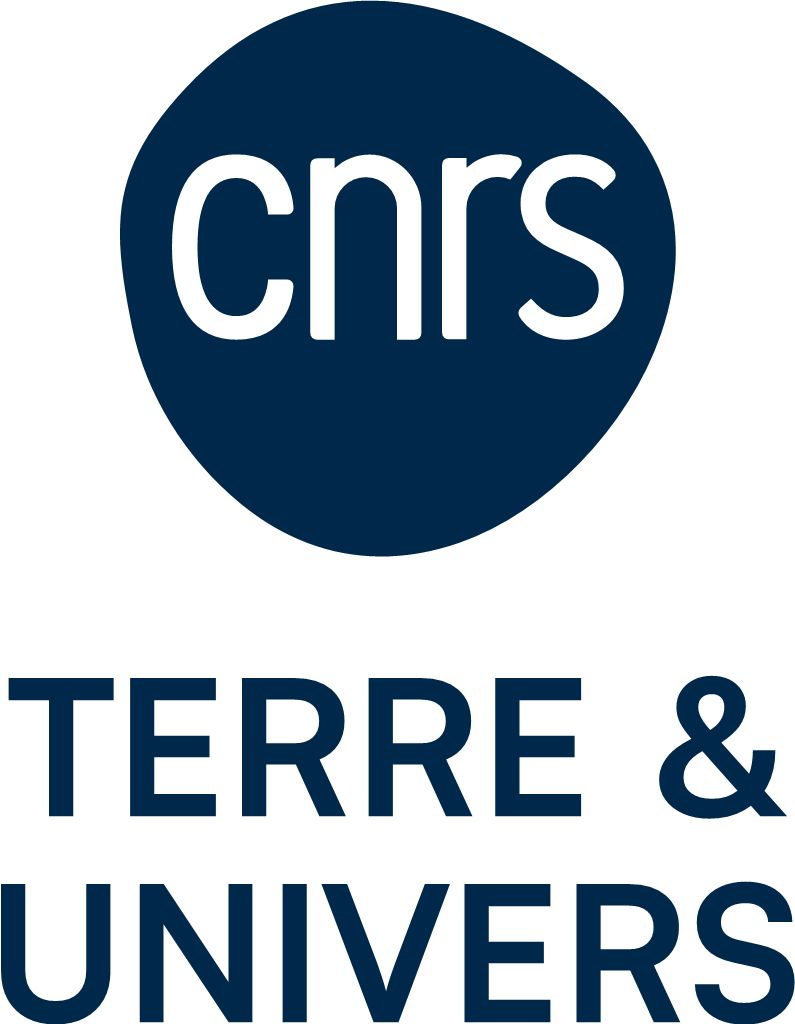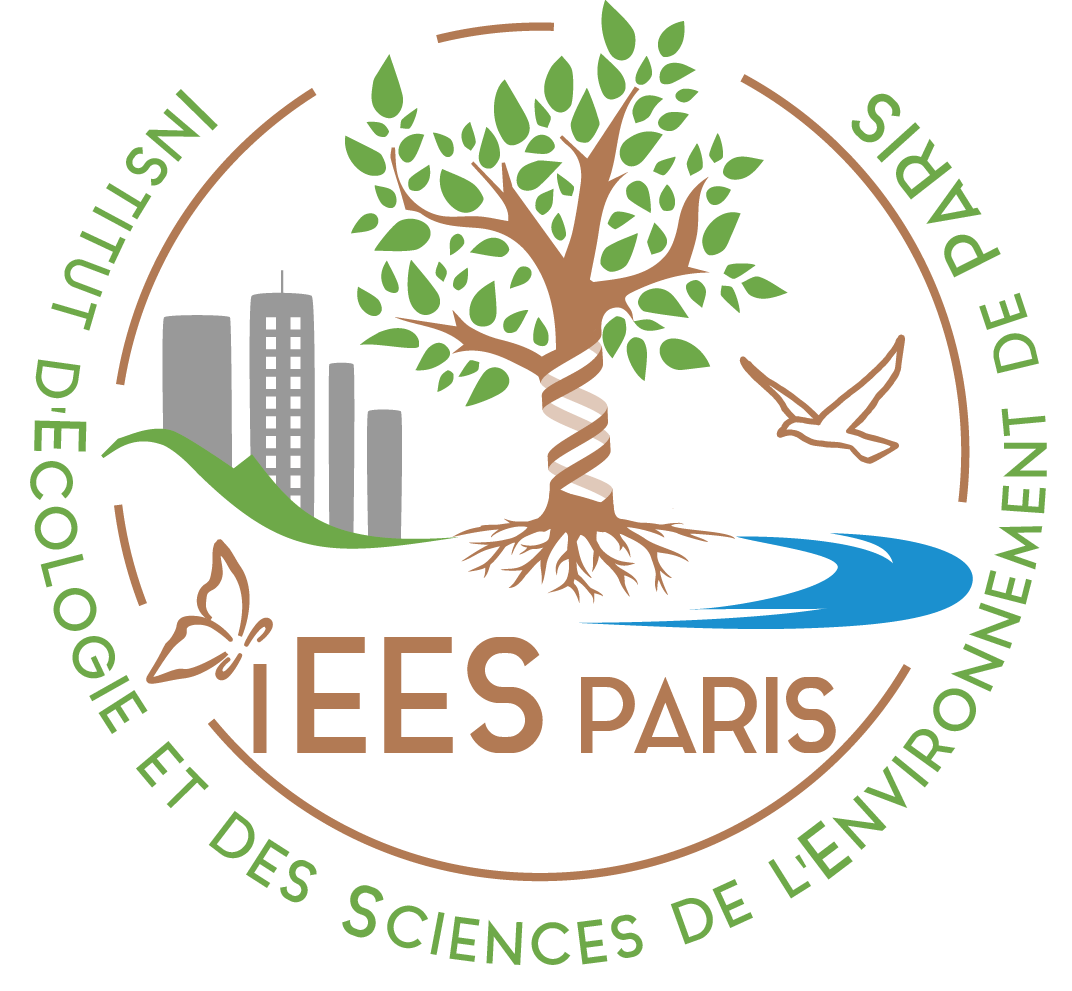Interactions between surface and deep critical zone: case of South India ecosystems and agrosystems
One of the major interests of long-term critical zone observatories is to study and model the interactions between the different compartments that compose the critical zone, and in particular the feedback loops between surface and deep critical zone that affect the hydrological and geochemical cycles. The importance of these feedbacks was illustrated by salient results from the Kabini Critical Zone Observatory (SNO M-TROPICS in India), thanks to Laurent Ruiz, IR INRAE, agro-hydrologist and co-coordinator of the IRP CEFIRSE in Bangalore. The seminar was help at GET on October 29, 2021.

















